15 Examples of Polymers
Polymers are large molecules composed of repeating structural units called monomers. These versatile compounds have a wide range of applications, from everyday items to advanced industrial materials. In this article, we’ll delve into 15 different examples of polymers.
Examples of Polymers
Here are 15 Examples of Polymers:
1. Polyethylene (PE)
Polyethylene is one of the most commonly used polymers, known for its versatility and widespread applications. High-density polyethylene (HDPE) is used for bottles and containers, while low-density polyethylene (LDPE) is employed in plastic bags and films.
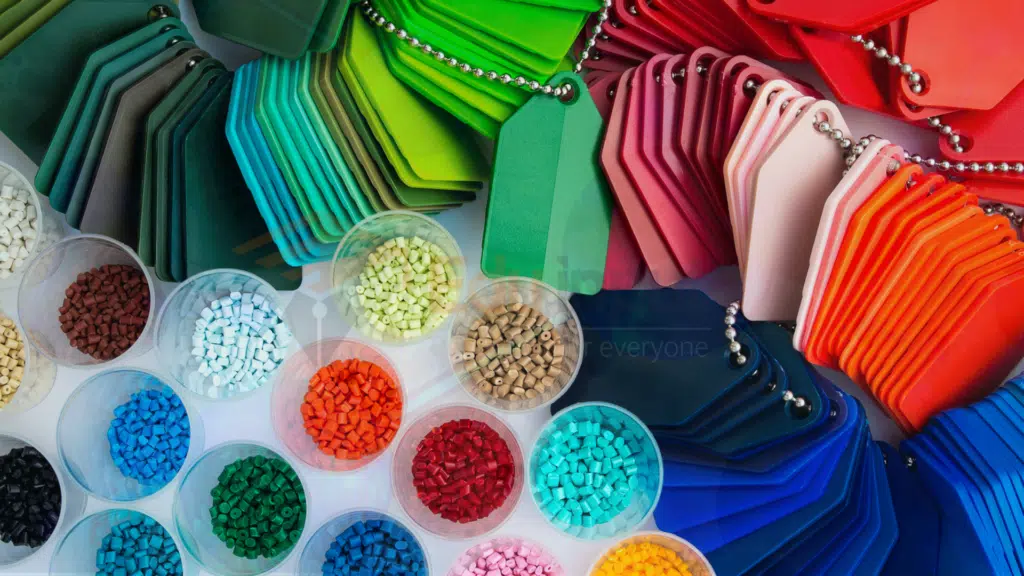
2. Polypropylene (PP)
Polypropylene is a thermoplastic polymer with excellent chemical resistance. It is used in various applications, including packaging, textiles, and automotive components. Its high melting point makes it suitable for hot-fill processes.
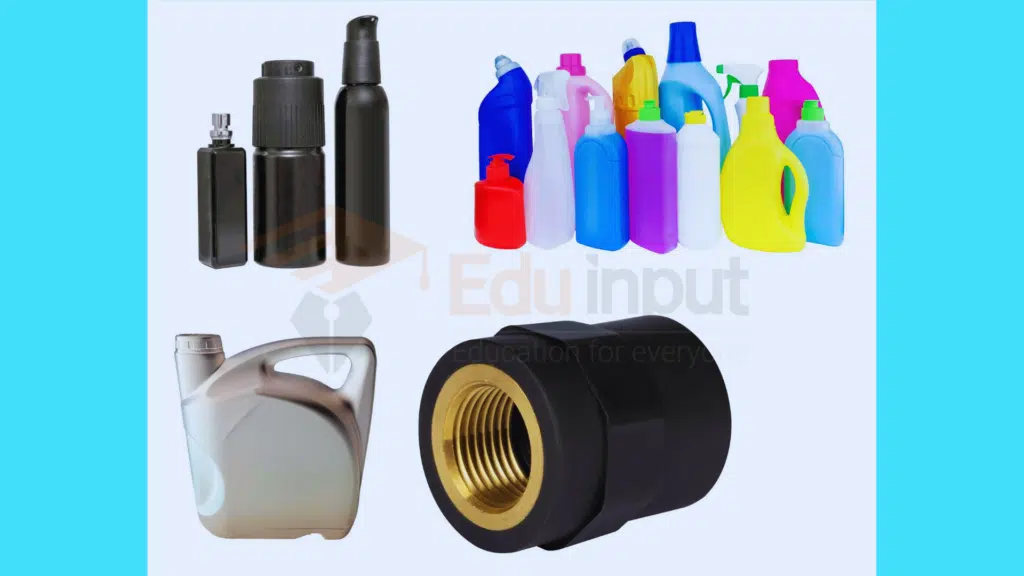
3. Polyvinyl Chloride (PVC)
Polyvinyl chloride is a synthetic polymer widely used in construction, healthcare, and consumer goods. It can be rigid or flexible, depending on the additives. PVC is employed in pipes, cables, and vinyl flooring.
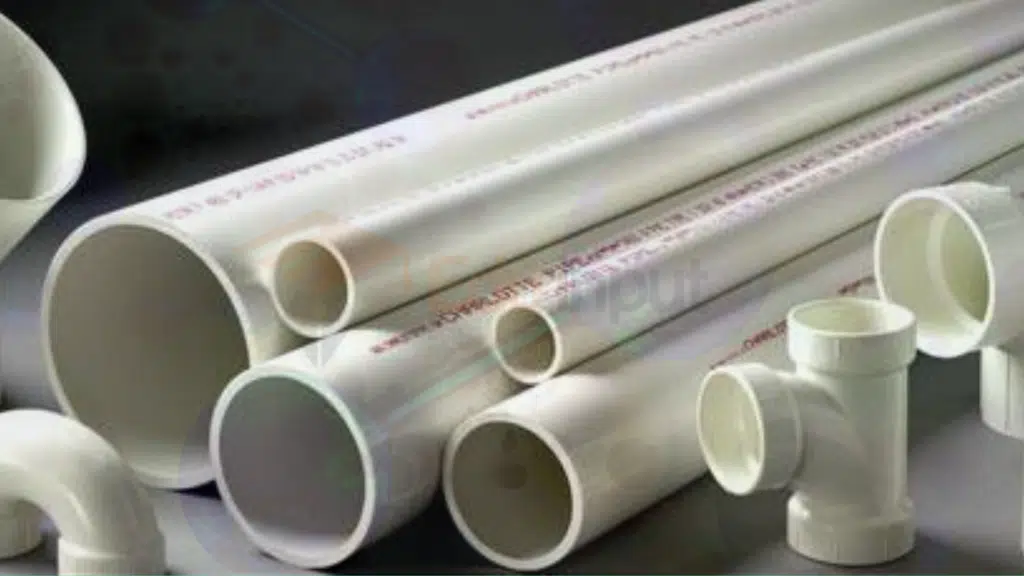
4. Polystyrene (PS)
Polystyrene is a lightweight and rigid polymer often used in packaging materials and disposable containers. Expanded polystyrene (EPS) is well-known for its use in insulation and foam products.
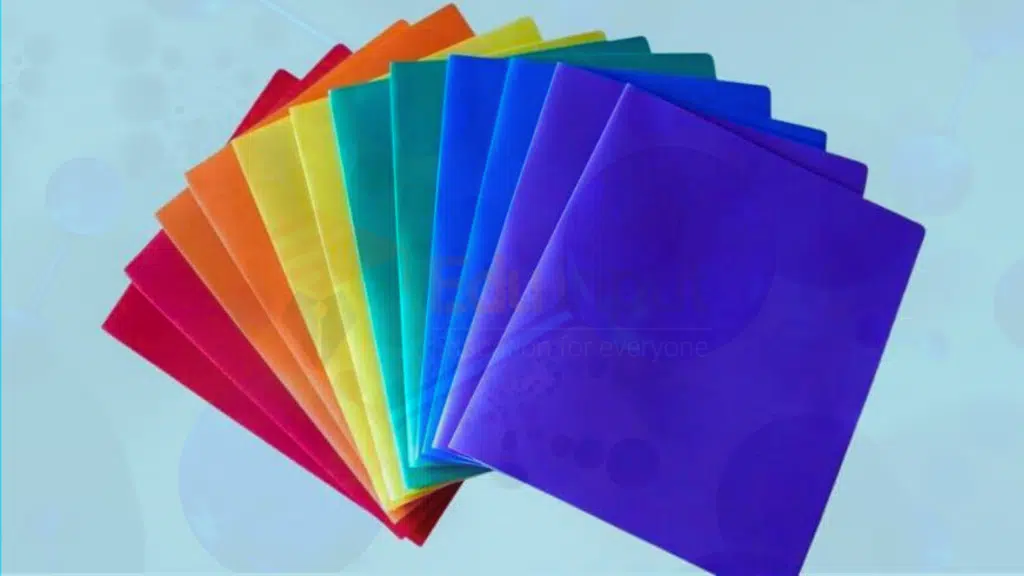
5. Polyethylene Terephthalate (PET)
Polyethylene terephthalate is a versatile polymer with excellent transparency and mechanical properties. It is commonly used in the production of beverage bottles, food containers, and polyester fibers.
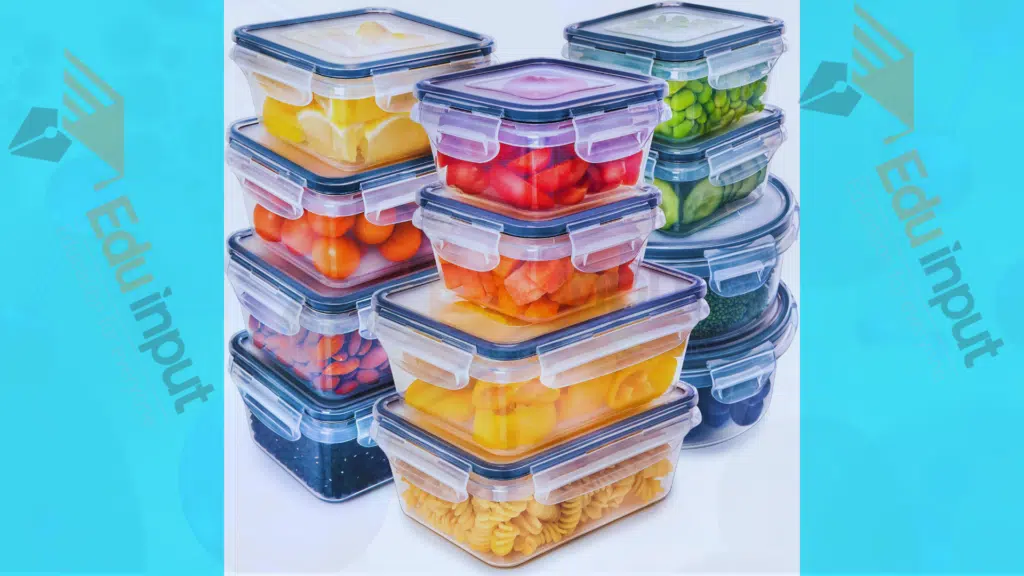
6. Nylon
Nylon is a synthetic polymer known for its strength and durability. It is widely used in textiles, such as clothing and carpets, as well as in engineering applications like gears and bearings.
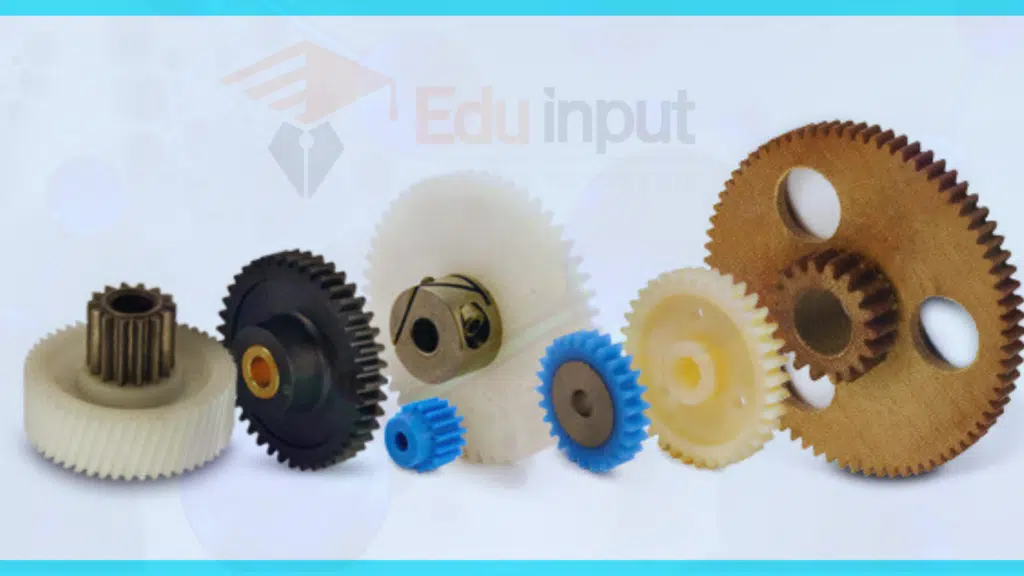
7. Polyurethane (PU)
Polyurethane is a versatile polymer with a broad range of applications, including foams, elastomers, and coatings. It is used in furniture, insulation, and even biomedical devices.
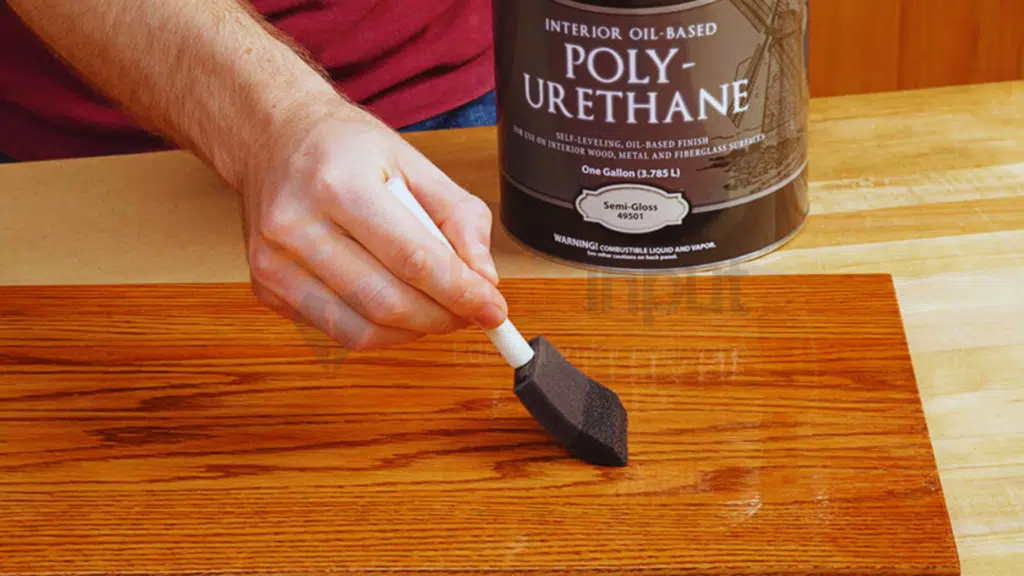
8. Polyvinyl Acetate (PVA)
Polyvinyl acetate is a widely used adhesive polymer found in various glues and wood glues. It is also used in the production of paints and coatings.

9. Polytetrafluoroethylene (PTFE)
Polytetrafluoroethylene, commonly known as Teflon, is a polymer with exceptional non-stick properties. It is widely used in cookware, as well as in industrial applications where low friction is essential.

10. Acrylic Polymer
Acrylic polymers are known for their transparency, UV resistance, and weatherability. They are commonly used in paints, adhesives, and coatings, providing a durable and glossy finish.

11. Polyacrylonitrile (PAN)
Polyacrylonitrile is a polymer used in the production of carbon fibers. These fibers find applications in aerospace, automotive, and sporting goods due to their high strength and low weight.
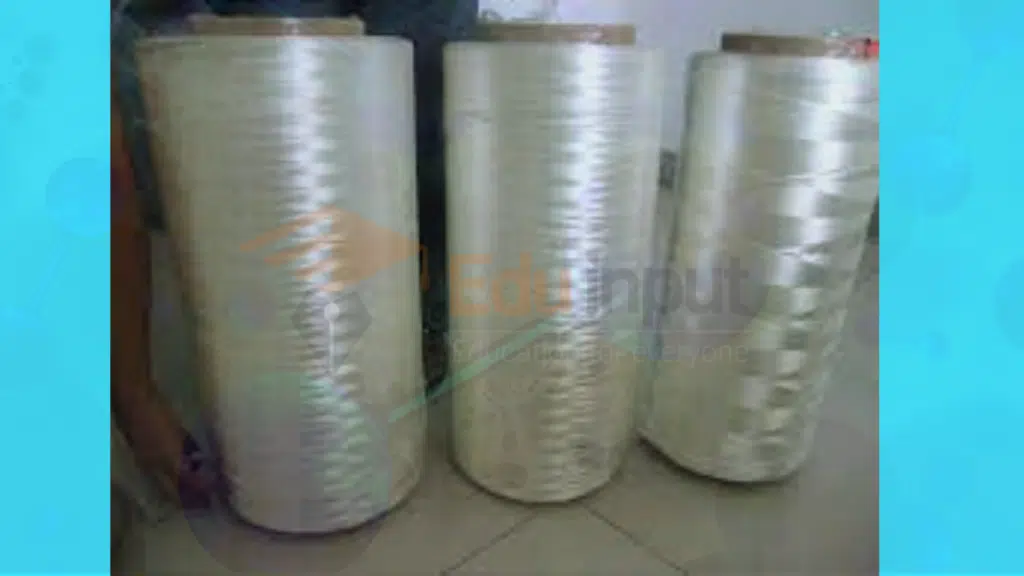
12. Polyethylene Glycol (PEG)
Polyethylene glycol is a polymer with diverse applications, including pharmaceuticals, cosmetics, and as a food additive. It is valued for its solubility in both water and organic solvents.
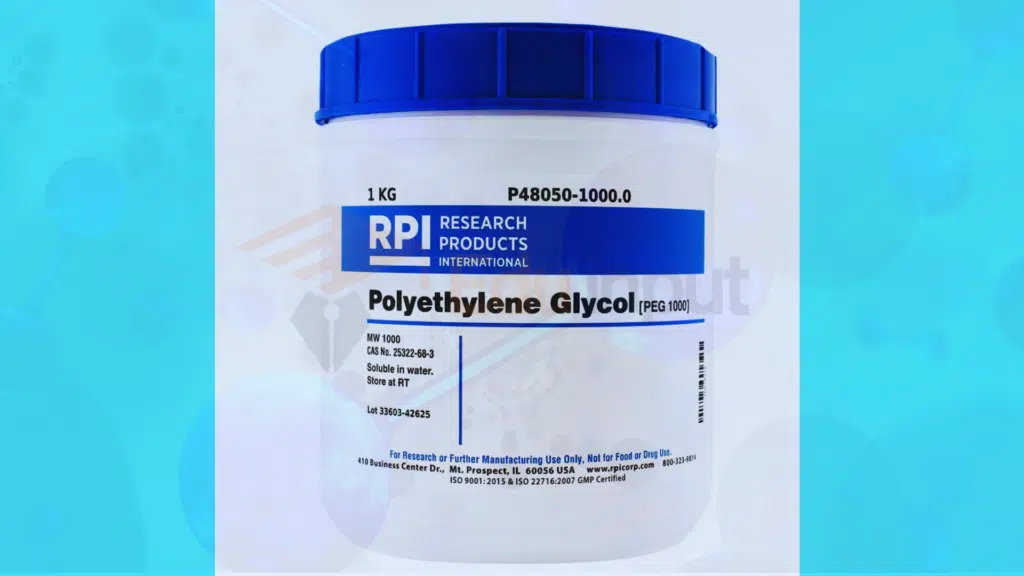
13. Polybutadiene
Polybutadiene is a synthetic rubber polymer with high resilience and abrasion resistance. It is used in the production of tires, conveyor belts, and various industrial goods.
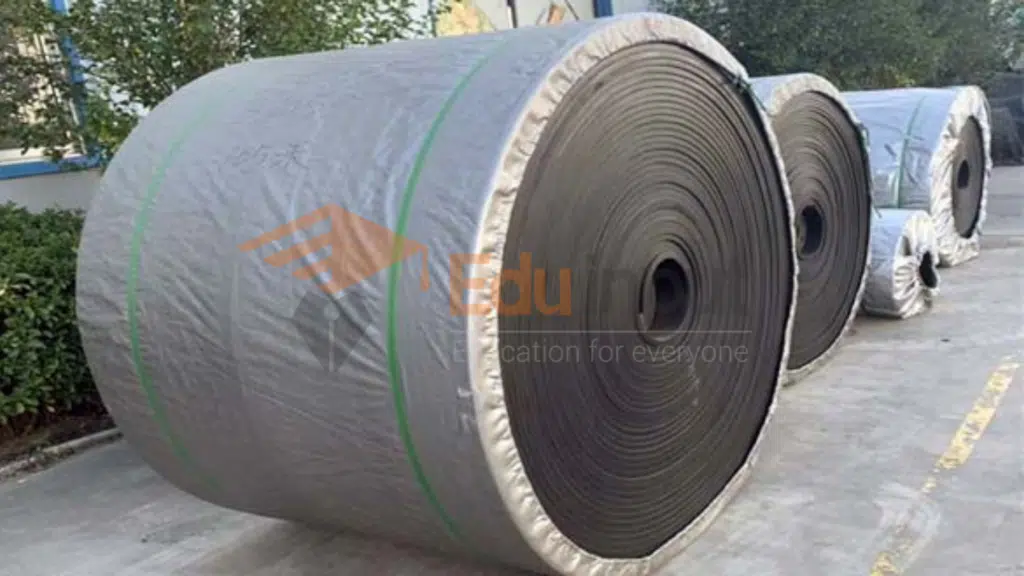
14. Polycarbonate (PC)
Polycarbonate is a transparent and impact-resistant polymer widely used in eyewear, optical discs, and electronic components. Its toughness makes it suitable for applications requiring durability.
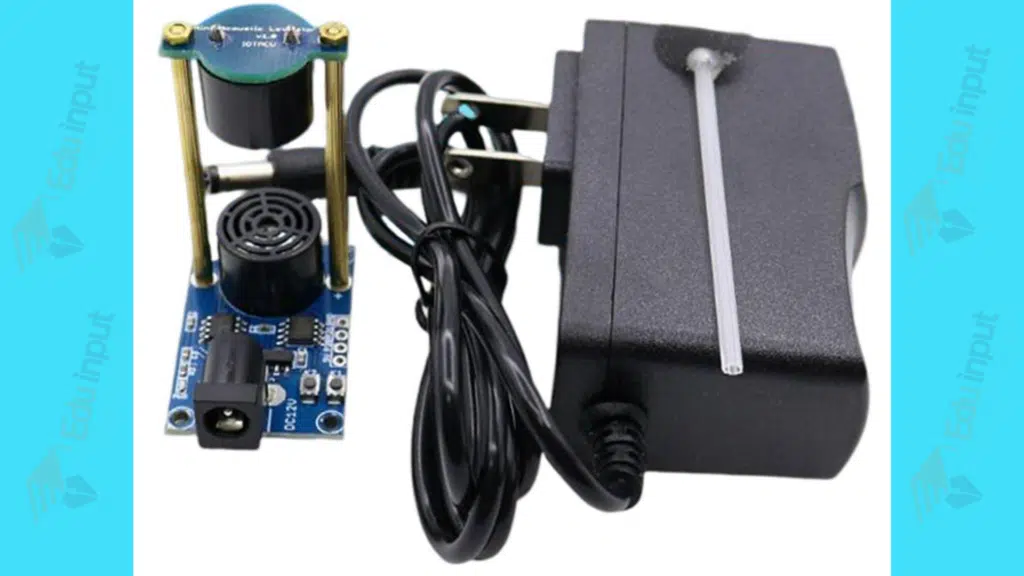
15. Poly(methyl methacrylate) (PMMA)
Poly(methyl methacrylate), commonly known as acrylic or Plexiglas, is a transparent polymer used in signage, aquariums, and optical lenses. It is valued for its optical clarity and impact resistance.
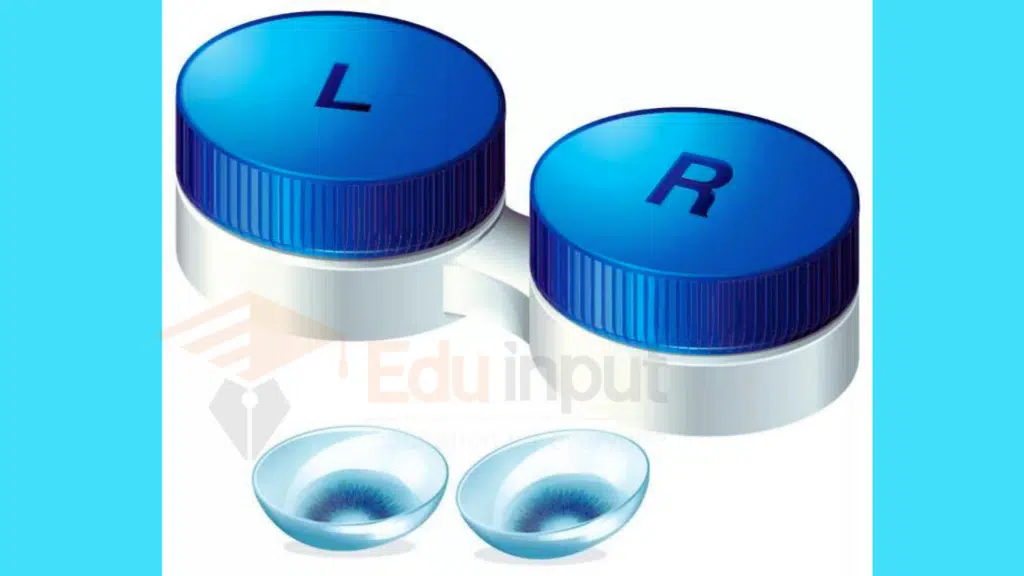



Leave a Reply